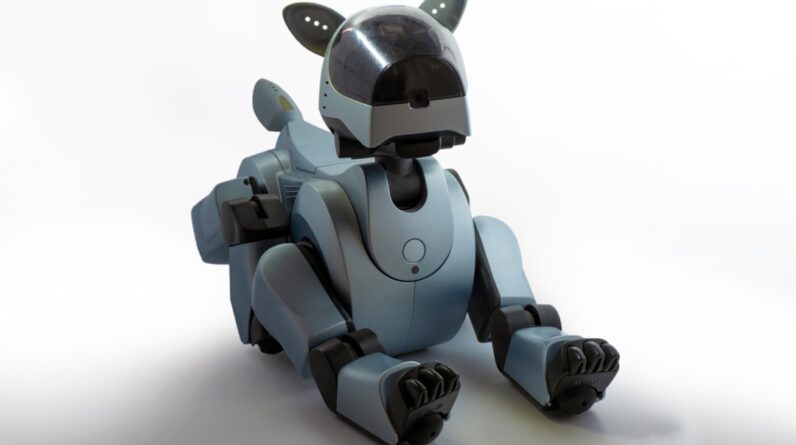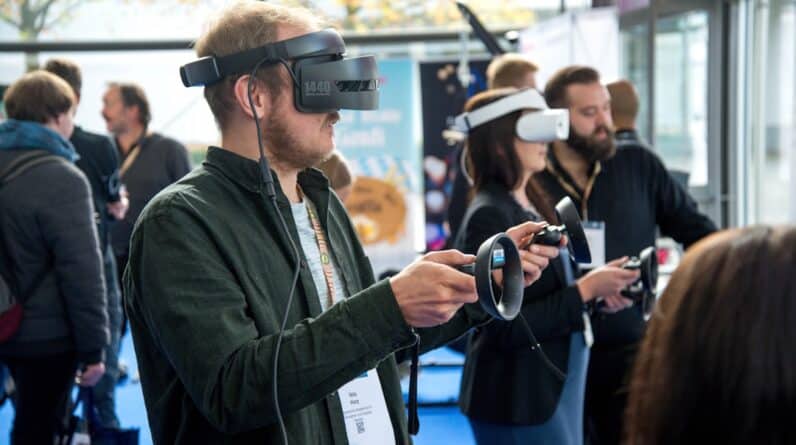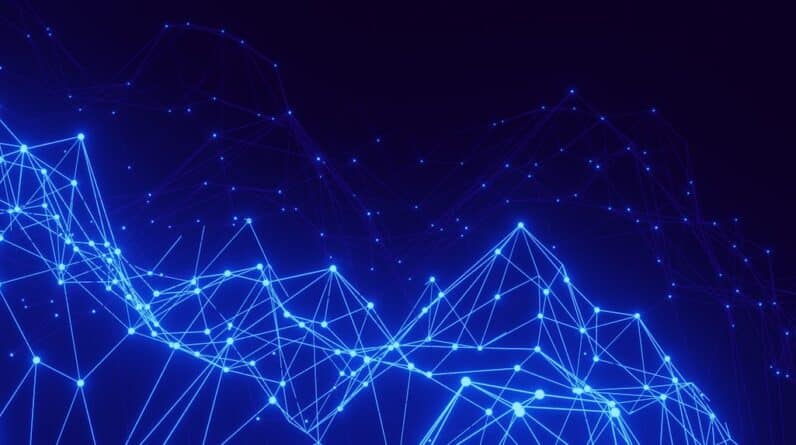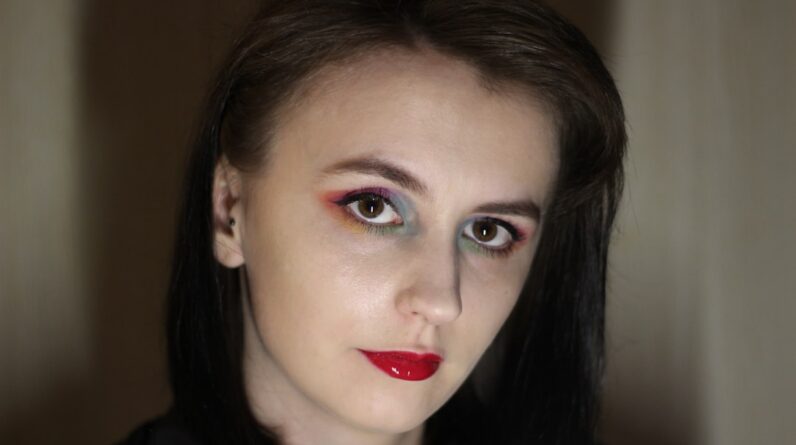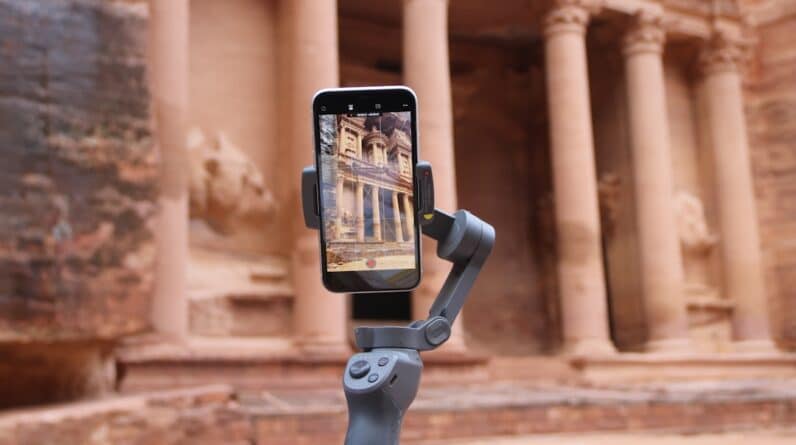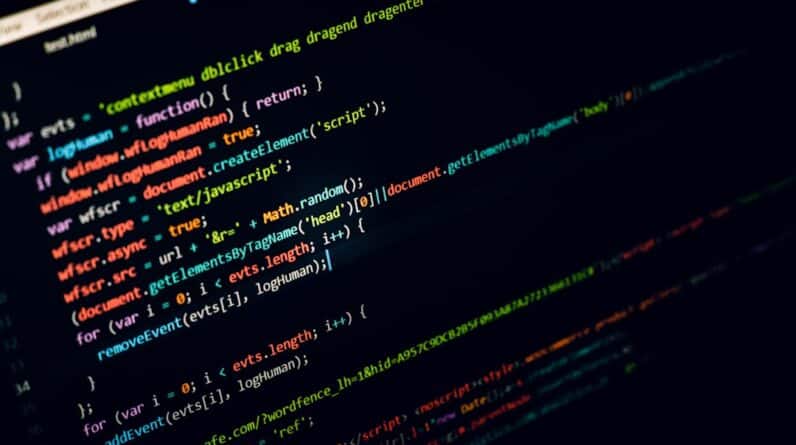As you delve into the fascinating intersection of artificial intelligence (AI) and art, you may find yourself captivated by the profound implications this relationship holds for both creators and audiences alike. The emergence of AI technologies has sparked a revolution in various fields, and the art world is no exception. From generating stunning visuals to composing evocative music, AI is reshaping how you perceive creativity and artistic expression.
This exploration invites you to consider not only the capabilities of AI but also the philosophical questions surrounding the nature of art itself. In recent years, AI has transitioned from a mere tool to a collaborator in the creative process. You might be intrigued by how algorithms can analyze vast datasets of existing artworks, learning patterns and styles that inform their own creations.
This evolution raises essential questions about authorship, originality, and the very essence of what it means to be an artist. As you navigate this complex landscape, you will discover that the dialogue between human creativity and machine learning is not just a technological phenomenon; it is a cultural shift that challenges traditional notions of artistry.
Key Takeaways
- AI has become a powerful tool in the art world, sparking debates about its ability to create art.
- Creativity plays a crucial role in art, and AI has the potential to enhance and expand artistic possibilities.
- The evolution of AI in art has led to the development of various algorithms and techniques for generating art.
- Examples of AI-generated art range from paintings and sculptures to music and literature, showcasing the diverse capabilities of AI.
- The impact of AI on the art world is multifaceted, influencing the creation, distribution, and reception of art.
The Role of Creativity in Art
When you think about art, creativity often stands at the forefront of your mind. It is the spark that ignites inspiration, allowing artists to express their innermost thoughts and emotions through various mediums. Creativity is not merely a skill; it is an intrinsic part of the human experience that enables you to connect with others on a profound level.
As you explore the role of creativity in art, you may find yourself reflecting on how it shapes your understanding of beauty, meaning, and expression. In the realm of traditional art forms, creativity manifests in countless ways—be it through painting, sculpture, or performance. Each artist brings their unique perspective and experiences to their work, resulting in a diverse tapestry of artistic expression.
However, as AI begins to play a more significant role in this landscape, you may wonder how creativity is redefined. Can a machine truly possess creativity, or is it merely mimicking human ingenuity? This question invites you to consider the essence of creativity itself and whether it can be replicated or enhanced by artificial means.
The Evolution of AI in Art
The journey of AI in the art world has been nothing short of remarkable. You may recall early experiments where algorithms were used to generate simple patterns or replicate existing styles. However, as technology has advanced, so too has the sophistication of AI-generated art.
Today, you can witness machines capable of producing intricate pieces that rival those created by human hands. This evolution reflects not only advancements in technology but also a growing acceptance of AI as a legitimate player in the creative arena. As you explore this evolution further, you might find it fascinating how AI systems have developed from basic rule-based algorithms to complex neural networks capable of deep learning.
These systems analyze vast amounts of data, learning from countless examples to create original works that push the boundaries of traditional art forms. The ability of AI to adapt and innovate raises intriguing possibilities for collaboration between humans and machines, inviting you to consider how this partnership can enhance artistic expression rather than diminish it.
Examples of AI-Generated Art
To truly appreciate the impact of AI on art, you may want to explore some notable examples of AI-generated works that have captured public attention. One such instance is the portrait “Edmond de Belamy,” created by the Paris-based collective Obvious using a generative adversarial network (GAN). This piece made headlines when it was auctioned at Christie’s for an astonishing $432,500, prompting discussions about the value and authenticity of AI-generated art.
As you reflect on this example, consider what it means for an artwork to be created by a machine and how it challenges your perceptions of artistic worth. Another compelling example is the work produced by DeepArt, an AI platform that transforms photographs into artworks inspired by famous styles. By applying techniques reminiscent of Van Gogh or Picasso, DeepArt allows users like you to reimagine their images through the lens of iconic artists.
This democratization of art creation raises questions about authorship and originality—if an AI can replicate a style so convincingly, what does that mean for the artists who pioneered those techniques? As you ponder these examples, you may find yourself grappling with the implications for both creators and consumers in an increasingly digital art landscape.
The Debate: Can AI Truly Create Art?
As you engage with the concept of AI-generated art, you may encounter a lively debate surrounding whether machines can genuinely create art or if they are simply tools executing pre-defined algorithms. On one side, proponents argue that AI can produce works that evoke emotion and provoke thought, much like traditional artists do. They contend that creativity can emerge from collaboration between humans and machines, leading to innovative forms of expression that transcend conventional boundaries.
Conversely, skeptics assert that true artistry requires a depth of understanding and emotional resonance that machines cannot replicate. They argue that while AI can mimic styles and generate aesthetically pleasing images, it lacks the consciousness and lived experiences that inform human creativity. This debate invites you to reflect on your own definitions of art and creativity—what qualities do you believe are essential for something to be considered “art”?
As you navigate these differing perspectives, you may find your understanding of creativity evolving alongside advancements in technology.
The Impact of AI on the Art World
Challenging Traditional Notions
For instance, galleries and auction houses are beginning to embrace AI-generated works as legitimate entries into their collections, challenging traditional notions of authorship and value.
New Avenues for Creativity
Moreover, AI has opened new avenues for artists to explore their creativity. With tools that assist in generating ideas or refining techniques, artists like yourself can push boundaries and experiment with new forms of expression. This technological advancement fosters collaboration between human intuition and machine learning, resulting in innovative works that might not have been possible otherwise.
The Future of Artistic Expression
As you consider these changes, think about how they might influence your own artistic journey and the ways in which you engage with both technology and tradition.
The Future of AI in Art
Looking ahead, the future of AI in art appears both promising and uncertain. As technology continues to evolve at an unprecedented pace, you may find yourself contemplating how these advancements will shape artistic practices in the coming years. Will we see more artists embracing AI as a collaborative partner, or will there be a backlash against machine-generated works?
The answers to these questions remain elusive but are sure to spark ongoing discussions within the creative community. One potential direction for the future involves greater integration between human artists and AI systems. You might envision a world where artists harness AI’s capabilities to enhance their creative processes while retaining their unique voices.
This partnership could lead to entirely new genres and forms of expression that challenge conventional definitions of art. As you ponder these possibilities, consider how your own relationship with technology might evolve as it becomes increasingly intertwined with your creative endeavors.
The Intersection of AI and Creativity
In conclusion, your exploration of the intersection between AI and creativity reveals a dynamic landscape filled with both opportunities and challenges. As artificial intelligence continues to evolve, it invites you to reconsider your understanding of art and what it means to be creative. The dialogue between human ingenuity and machine learning is not merely a technological phenomenon; it is a cultural shift that has the potential to redefine artistic expression for generations to come.
As you reflect on this journey, remember that creativity is not confined to traditional boundaries but is an ever-evolving concept shaped by innovation and collaboration. Whether you embrace AI as a tool or view it with skepticism, one thing is certain: the relationship between art and technology will continue to inspire dialogue and exploration for years ahead. In this ever-changing landscape, your role as both an observer and participant will be crucial in shaping the future of art in an age defined by artificial intelligence.
There is an interesting article on whether artificial intelligence will replace jobs that delves into the potential impact of AI on the workforce. As AI continues to advance, questions arise about its ability to not only create art but also potentially replace human jobs. This article explores the main concerns and considerations surrounding this topic, shedding light on the ongoing debate about the role of AI in various industries.
FAQs
What is AI art?
AI art refers to artwork created with the assistance of artificial intelligence. This can include anything from paintings and drawings to music and poetry generated by AI algorithms.
How does AI create art?
AI creates art through the use of algorithms and machine learning techniques. These algorithms can analyze existing artwork, learn from it, and then generate new pieces based on the patterns and styles it has learned.
Can AI be considered a true artist?
The question of whether AI can be considered a true artist is a matter of ongoing debate. While AI can create art that is visually and aesthetically pleasing, some argue that true art requires human emotion, intention, and creativity.
What are some examples of AI-created art?
Examples of AI-created art include paintings generated by neural networks, music composed by AI algorithms, and even entire novels written by AI programs. These works often mimic the styles of famous artists or composers.
What are the implications of AI-created art?
The rise of AI-created art raises questions about the role of human artists, the nature of creativity, and the potential impact on the art market. It also challenges traditional notions of authorship and originality in the art world.

